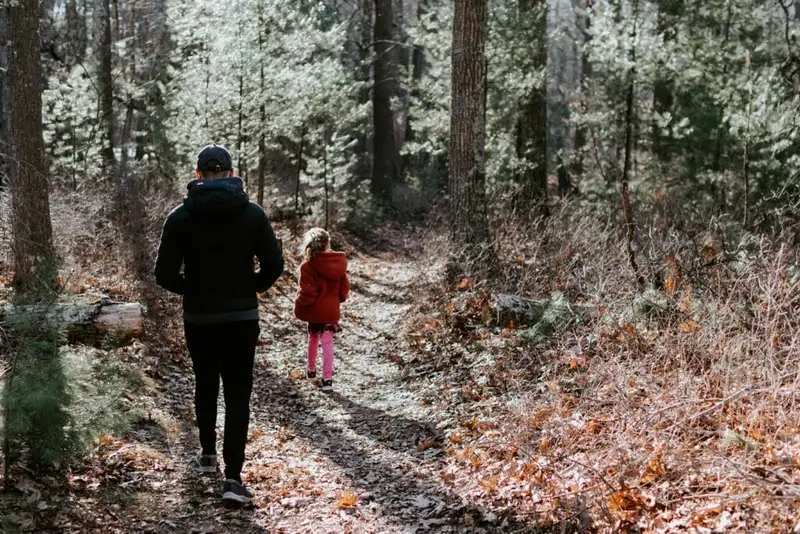1. Tab Hunter
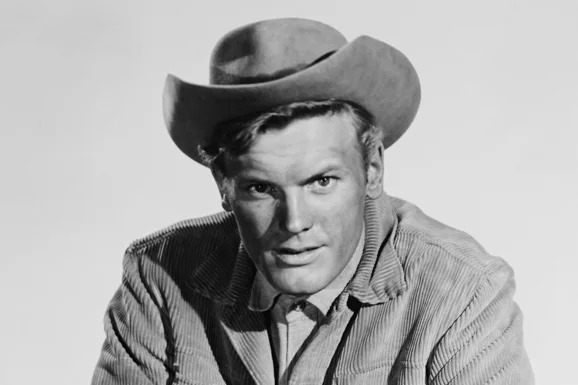
Tab Hunter was one of the heartthrobs of the 1950s and ’60s, thanks to his striking good looks and charming personality. With a career that spanned both TV and film, he appeared in numerous movies like Damn Yankees (1958) and Battle Cry (1955), where he was the epitome of the All-American boy. His popularity soared in an era that thrived on teen idols, making him a household name. Yet despite his success, he gradually faded from the spotlight as the ’70s rolled in, and newer stars took over the scene.
In his later years, Hunter’s life took a turn into the realm of activism, and he was openly gay at a time when the entertainment industry was not always so accepting. He never completely disappeared from the public eye, but the wave of stars that came after him overshadowed his earlier contributions. Today, his name doesn’t ring as loudly as it once did, but his legacy remains part of Hollywood’s history as one of the era’s most beloved stars.
2. Glenn Ford
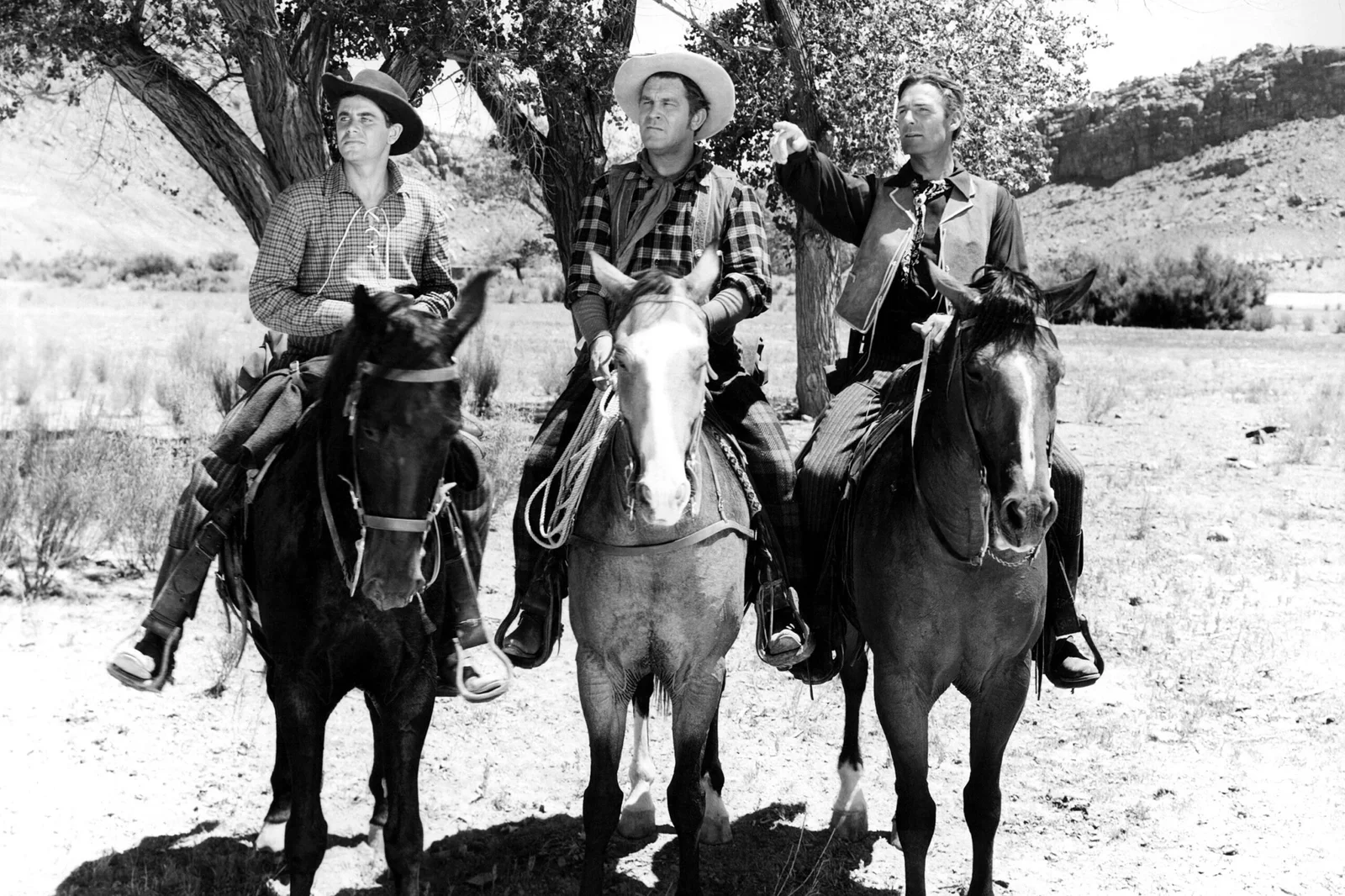
Glenn Ford was a versatile actor known for his roles in everything from Westerns to comedies, with a career that spanned four decades. His breakthrough came in the late ’40s, but by the ’60s, he had firmly cemented his place as one of Hollywood’s leading men. Ford starred in a series of iconic films like The Big Heat (1953) and Midnight Lace (1960), captivating audiences with his charisma and knack for complex characters. Despite this, he’s often overlooked today, especially when compared to other stars from the same era.
In the 1960s, Ford’s career began to wind down, and as the years went by, younger actors like Clint Eastwood and Robert Redford gained more attention. Ford’s more serious, thoughtful roles also didn’t quite have the same box-office appeal in later years, leading to a quieter life away from the public’s gaze. He remains a respected figure in the annals of classic cinema, but his name doesn’t carry the same weight it once did.
3. Jean Seberg
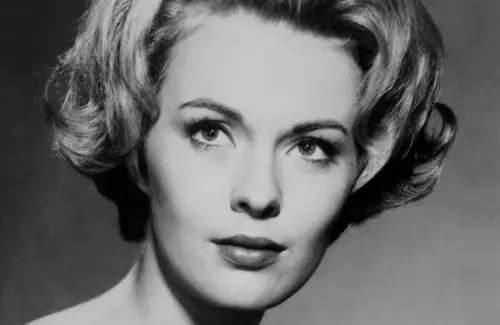
Jean Seberg was an actress who captured the public’s attention with her role in Breathless (1960), one of the key films of the French New Wave. With her strikingly short blonde hair and ethereal presence, she quickly became a symbol of youthful rebellion. Her career in Hollywood took off with roles in films like The Mouse That Roared (1959) and Paint Your Wagon (1969), but her personal life often overshadowed her professional one. Seberg’s relationships and her involvement in political activism, particularly with the Black Panther Party, led to controversy, which negatively impacted her career.
Sadly, Seberg’s tragic end—she passed away at 40 under mysterious circumstances—left a void in the Hollywood landscape. While her impact was monumental in shaping the image of the 1960s “new wave” actress, she remains largely forgotten today, eclipsed by the ongoing legacy of stars like Audrey Hepburn and Elizabeth Taylor. Still, Seberg’s films remain important in the world of cinema, a reminder of her brief yet impactful rise to fame.
4. Sandra Dee
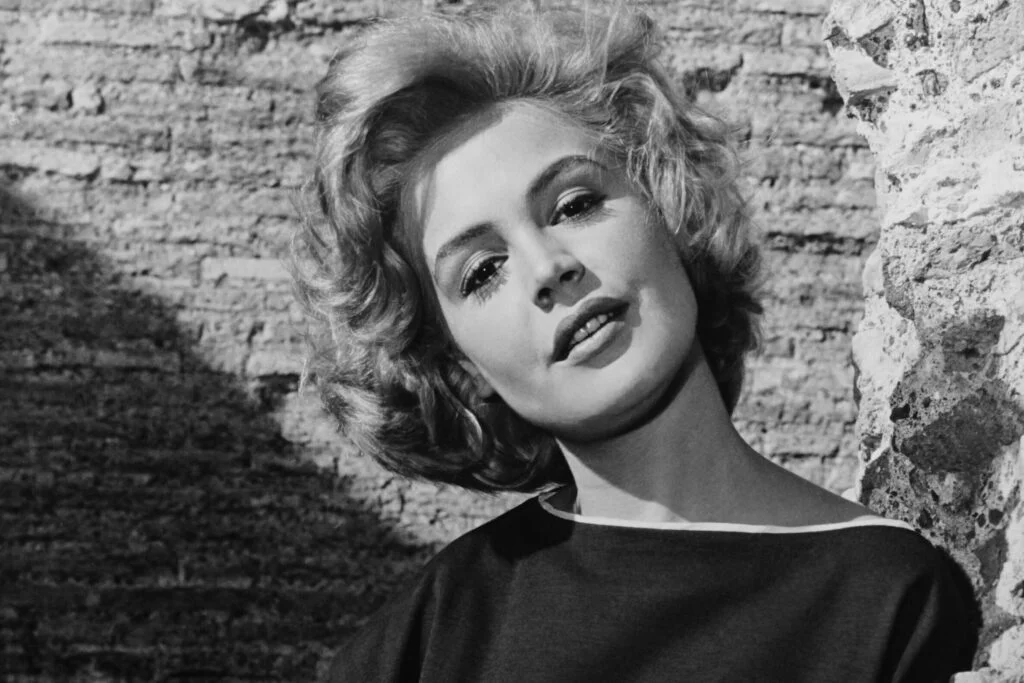
Sandra Dee was the quintessential ’60s teen queen, best known for her roles in light-hearted romantic comedies like Gidget (1959) and Tammy Tell Me True (1961). With her wholesome, innocent image, she quickly became a favorite among young audiences looking for a relatable, sweet-faced heroine. Throughout the ’60s, Dee was everywhere, from magazine covers to the silver screen, cementing her place as one of the decade’s top stars.
However, by the end of the ’60s, Dee’s career began to unravel. Her once-iconic roles were replaced by an increasing disinterest in her wholesome image as the cultural tides shifted. By the 1970s, she had faded into obscurity, overshadowed by new, more daring stars. Despite the warmth and nostalgia many feel for her movies today, Dee’s name doesn’t resonate with the younger generation, leaving her a forgotten gem from an earlier era of Hollywood glamour.
5. Robert Wagner
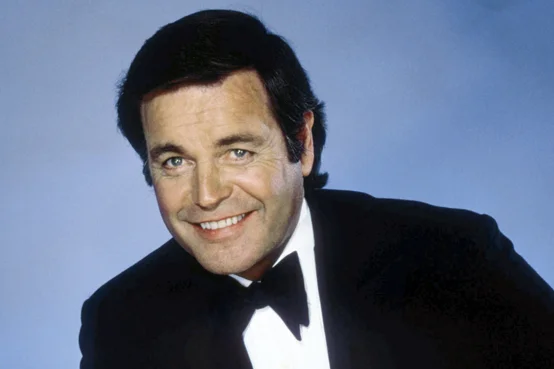
Robert Wagner was one of the most charming actors of the ’60s, starring in numerous films and TV series. He gained fame with films like The Pink Panther (1963) and The Longest Day (1962), where his dashing good looks and suave demeanor made him a standout star. By the time the 1960s came to an end, Wagner was well established as one of Hollywood’s leading men and even found success on television in shows like It Takes a Thief (1968).
However, as the ’70s progressed, Wagner’s star faded somewhat, especially as new action stars like Clint Eastwood and Steve McQueen took the limelight. Wagner’s career became more sporadic, with fewer leading roles in major films. Though he did enjoy a resurgence in the ’80s with Hart to Hart, he never fully regained the widespread fame he once had. Today, many younger audiences may not even recognize his name, a stark contrast to his fame during the ’60s.
6. Shirley Jones
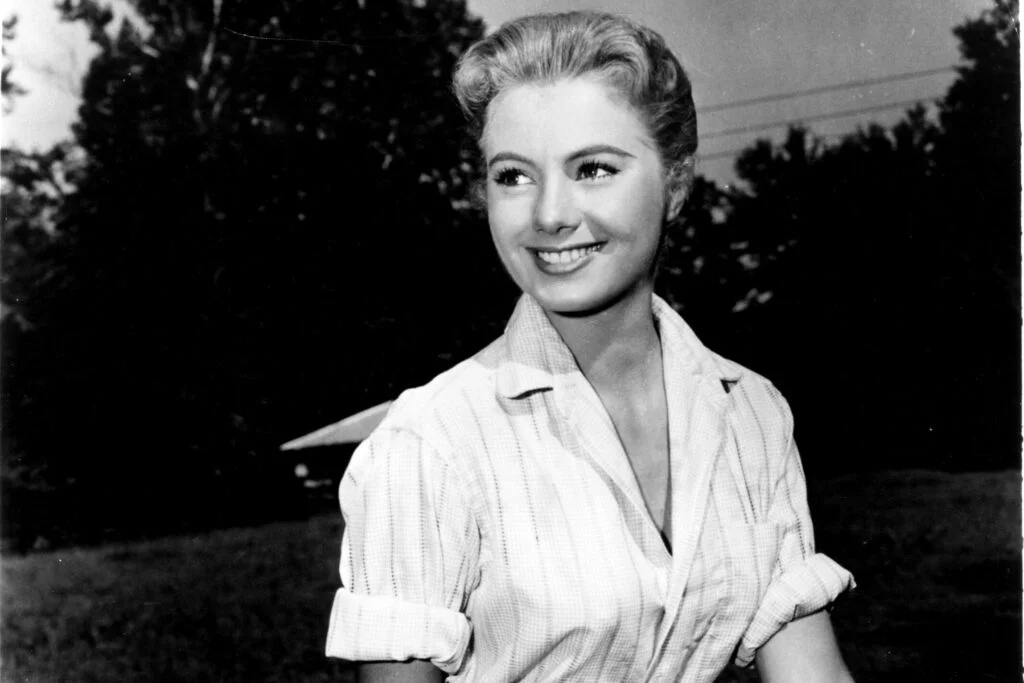
Shirley Jones was the wholesome, all-American girl-next-door who captured the hearts of audiences in the 1960s. Best known for her role as the beloved mother in the hit TV series The Partridge Family (1970-1974), Jones was also an accomplished movie star with roles in films like Elmer Gantry (1960) and Oklahoma! (1955). She won an Academy Award for her role in Elmer Gantry, proving her talent went beyond just a pretty face.
Despite her early success, Jones’ star began to fade in the ’70s as the era of free love and more gritty cinema took over. By the 1980s, her acting career had slowed significantly, and she was largely overshadowed by newer, edgier stars. While she is still beloved by fans of The Partridge Family, her name isn’t as well known today, especially compared to other leading ladies of her time. Yet, her influence remains, reminding us of the warmth and charm she brought to the screen during the ’60s.
7. Bob Hope
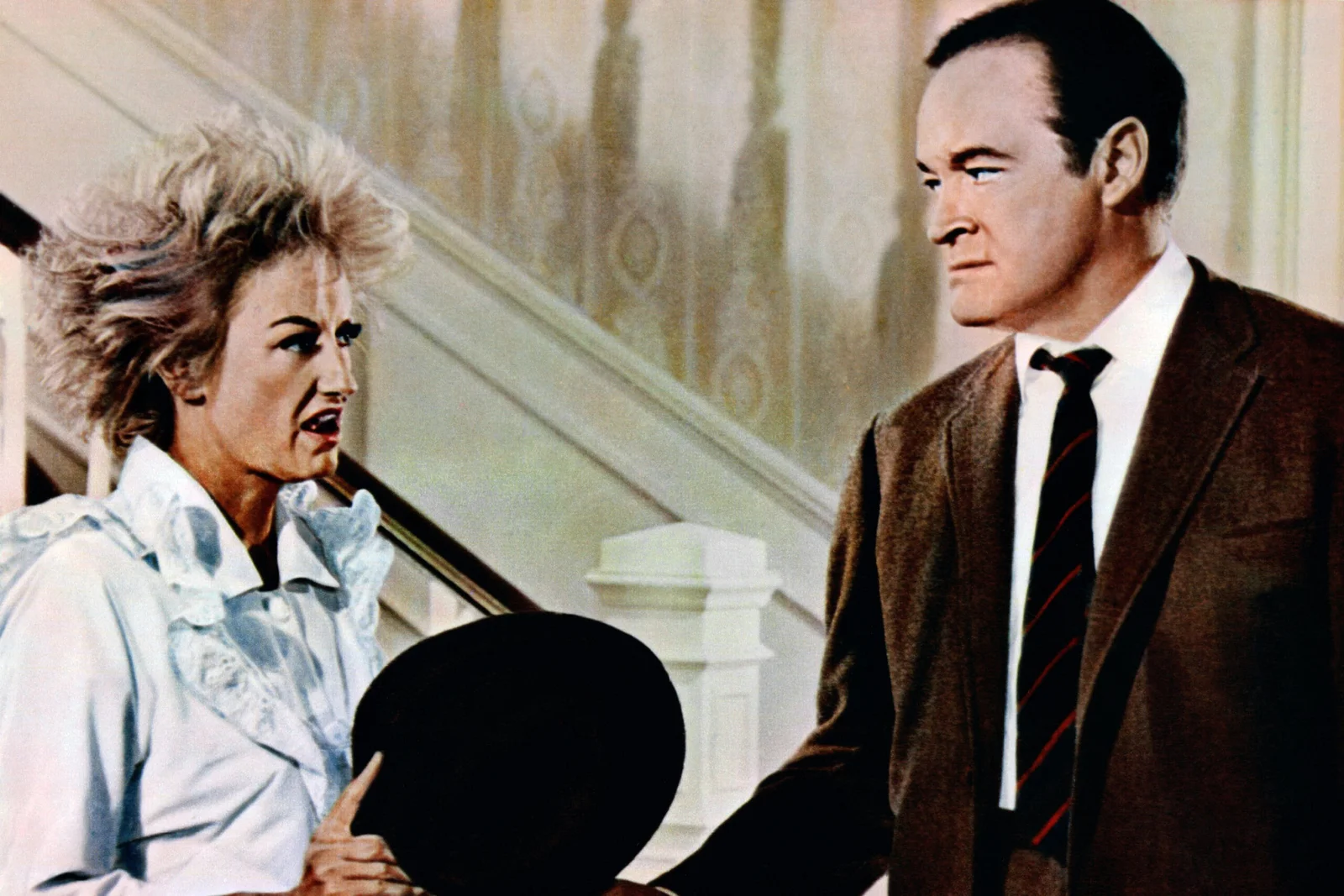
Bob Hope was an institution in American entertainment during the ’60s, known for his sharp wit, charm, and endless stream of successful films and comedy specials. With a career that stretched over five decades, he starred in a slew of films during the 1940s and ’50s before transitioning to television in the ’60s. His movies like The Seven Little Foys (1955) and Road to Hong Kong (1962) were crowd-pleasers, and his Christmas specials became a beloved tradition for families across the country.
Despite his enduring fame in the ’60s, Bob Hope’s legacy has somewhat faded. His comedy style, often full of double entendres and slapstick humor, has been replaced by newer, more contemporary forms of comedy. While his influence on the entertainment industry is still felt, younger audiences might be unfamiliar with his work, making him a name relegated to nostalgia.
8. Yvonne De Carlo
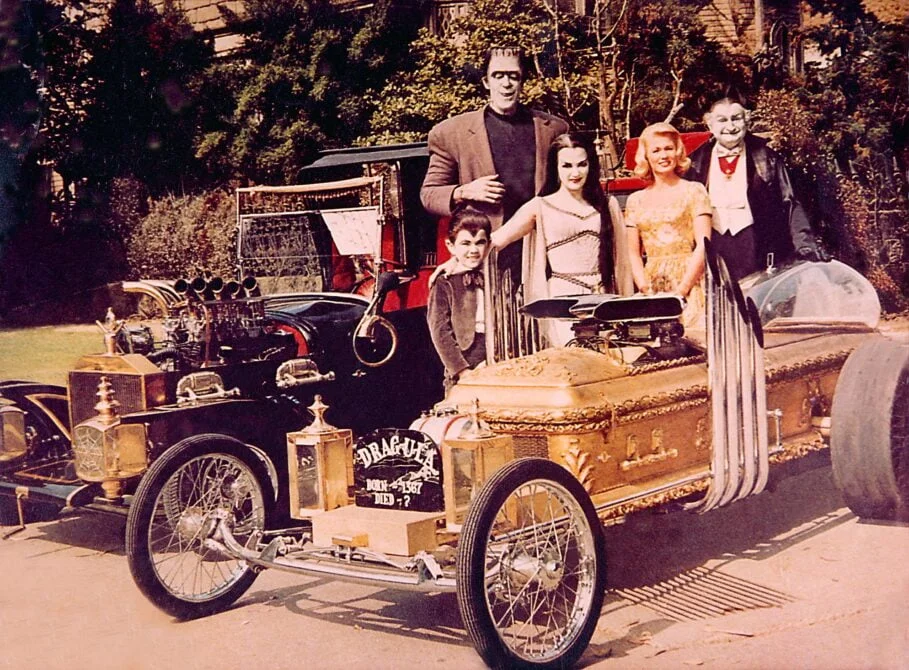
Yvonne De Carlo became a household name in the ’50s and ’60s, largely due to her role as Lily Munster in The Munsters (1964-1966). Before that, she was known for her roles in epic films like Samson and Delilah (1949), where her beauty and talent were showcased to great effect. She was one of the top stars in Hollywood during the early ’50s, with her sultry looks and dramatic flair captivating audiences. But by the ’70s, her star had faded as the industry shifted towards newer, edgier fare.
Though The Munsters became a beloved classic, De Carlo’s role as Lily Munster became both her crowning achievement and the reason she’s often overlooked in film history. She never fully returned to the spotlight in the same way after the series ended, and her fame was eclipsed by other actresses of her era. Yet her iconic portrayal remains a cultural touchstone for fans of vintage TV.
9. Tony Curtis
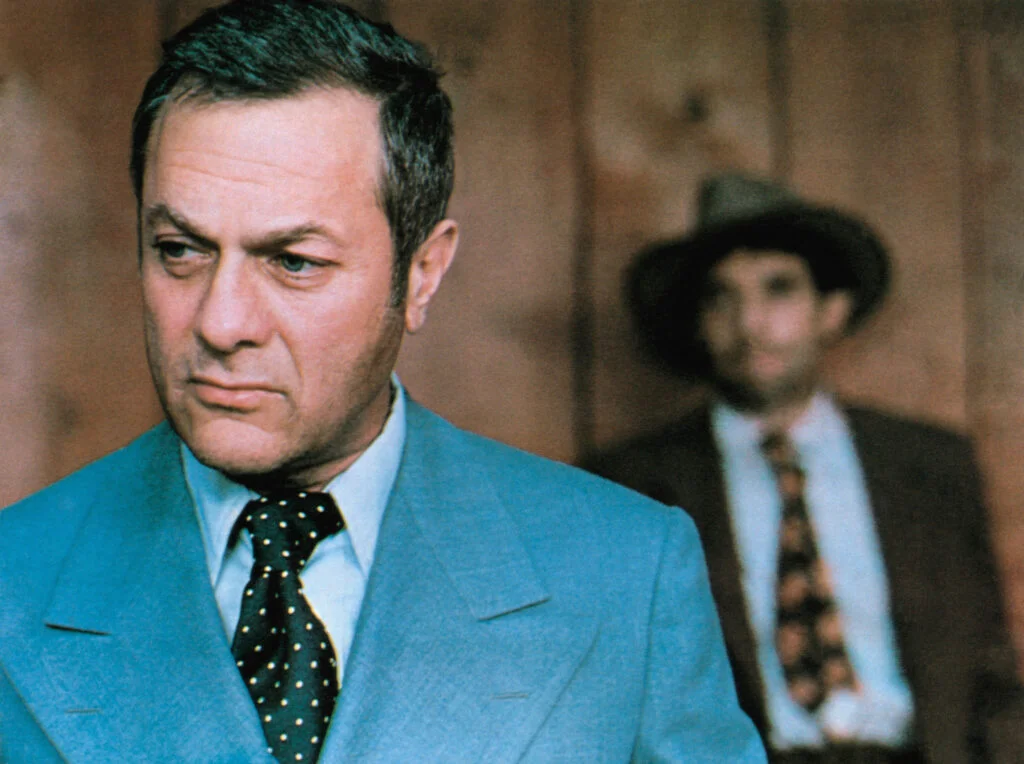
Tony Curtis was one of the most talented and versatile actors of the ’60s, known for his dashing good looks and captivating performances. He starred in a wide range of films, from romantic comedies like Some Like It Hot (1959) to dramatic roles in Spartacus (1960). Curtis’s charisma and charm made him a favorite among both audiences and critics, and he was one of the decade’s top stars. However, his later career was marked by fewer memorable roles, and his name faded as Hollywood turned to new talent.
Despite his early success, Tony Curtis struggled to find roles that matched his earlier work, leading to a decline in his career by the ’70s. His personal life, which included high-profile marriages and tabloid-worthy drama, also seemed to overshadow his film career in later years. Although his film legacy remains, Curtis is not as frequently remembered by newer generations, leaving him somewhat forgotten in the sea of other ’60s stars.
10. Ann-Margret
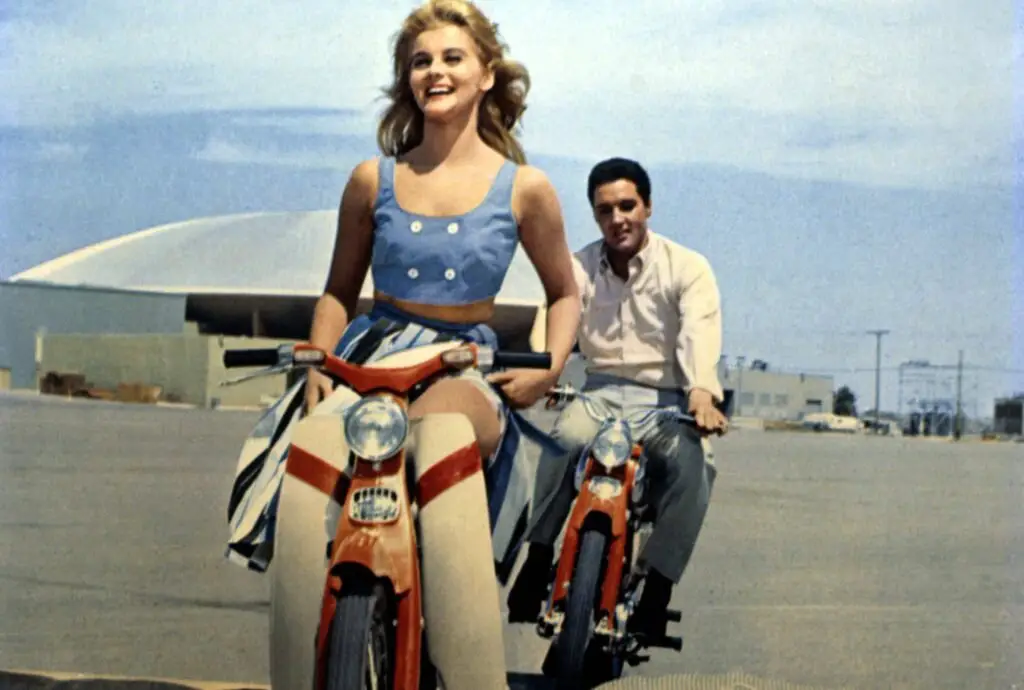
Ann-Margret burst onto the scene in the early ’60s with her vivacious energy and undeniable talent. Known for her roles in films like Bye Bye Birdie (1963) and Viva Las Vegas (1964), she quickly became a beloved actress and singer, capturing the attention of both critics and audiences. Her glamorous persona and natural charisma made her one of Hollywood’s top stars during the decade.
However, as the ’70s brought more serious and gritty roles into the forefront, Ann-Margret’s career took a dip. Though she continued to act and enjoyed a successful second act in the ’80s and ’90s, she never reached the same level of fame she had in the ’60s. While still a respected figure, her name isn’t as prominent in the current pop culture landscape as it once was.
11. Rock Hudson
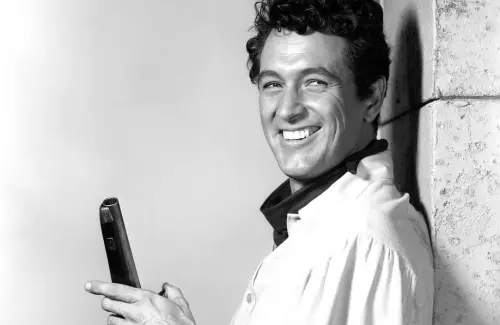
Rock Hudson’s suave demeanor and striking looks made him one of the biggest stars of the ’60s, known for his roles in romantic comedies like Pillow Talk (1959) and Lover Come Back (1961). His partnership with Doris Day was one of the most popular onscreen pairings of the time. Hudson’s career was solidified with his charming performances in both drama and comedy, earning him widespread popularity.
However, Hudson’s life took a tragic turn when he became the first major celebrity to publicly announce he had contracted HIV, dying from complications related to AIDS in 1985. Despite his immense popularity during the ’60s, his legacy has been overshadowed by the sadness of his later years and the era in which he passed. Today, he’s remembered more for his struggles than for his career, leaving his star power from the ’60s to fade with time.
12. Richard Chamberlain
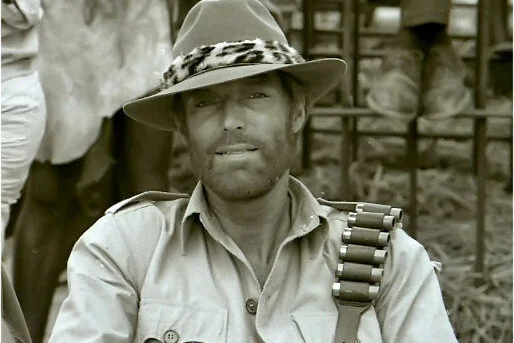
Richard Chamberlain was a heartthrob of the ’60s, famous for his role as Dr. Kiley on Dr. Kildare (1961-1966). His sensitive portrayal of the young doctor made him an idol of millions of women and cemented his place in pop culture. Alongside his TV fame, Chamberlain also appeared in movies like The Slipper and the Rose (1976) and The Thorn Birds (1983), where his star power carried over into the ’70s.
Yet, by the late ’70s, Chamberlain’s once-prominent career began to falter. The ’80s ushered in a new wave of television stars, leaving Chamberlain’s fame behind. Though he has found later success in theater and television, especially in the ’90s, his name doesn’t carry the same cultural weight it once did.
13. Julie Andrews
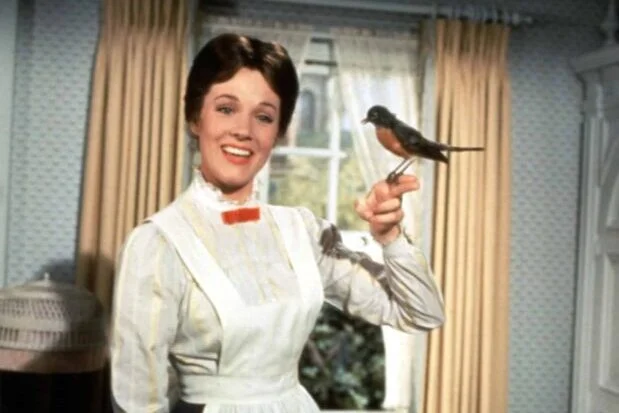
Julie Andrews was one of the most celebrated stars of the ’60s, known for her iconic roles in Mary Poppins (1964) and The Sound of Music (1965). Her regal presence, perfect voice, and incredible range made her an instant classic, and she became synonymous with wholesome, family-friendly entertainment. However, as the ’70s and ’80s brought a shift in the kinds of films and characters that dominated the silver screen, Andrews’ roles became more limited.
Though Andrews continues to enjoy a lasting career, she’s not quite as frequently associated with the ’60s as she once was, especially as her career turned more towards voice acting and occasional film appearances. Today, she remains a cherished figure but is often overshadowed by newer generations of actors and performers.
14. Fabian Forte
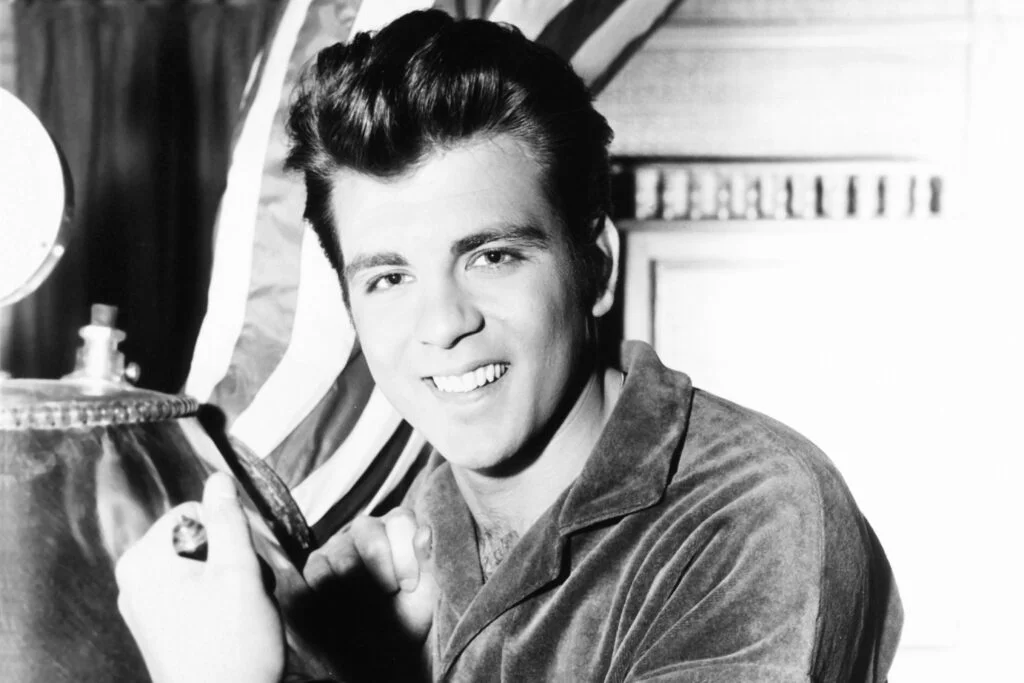
Fabian was the classic teen idol who ruled the pop charts and movie screens in the late ’50s and early ’60s. With his good looks and catchy tunes, he became a sensation, landing movie roles in Hound-Dog Man (1959) and The Longest Day (1962). Despite his initial success, Fabian’s fame faded quickly as the ’60s progressed, and newer rock-and-roll stars took over.
Though he managed to keep a low-profile career going in music and TV, Fabian is largely forgotten today by younger generations. His brief reign as a teen idol was a moment in pop culture that has since been overshadowed by the rise of the Beatles and other pop music phenomena. Still, for fans of classic pop music, he remains a nostalgic figure of the era.
15. George Hamilton
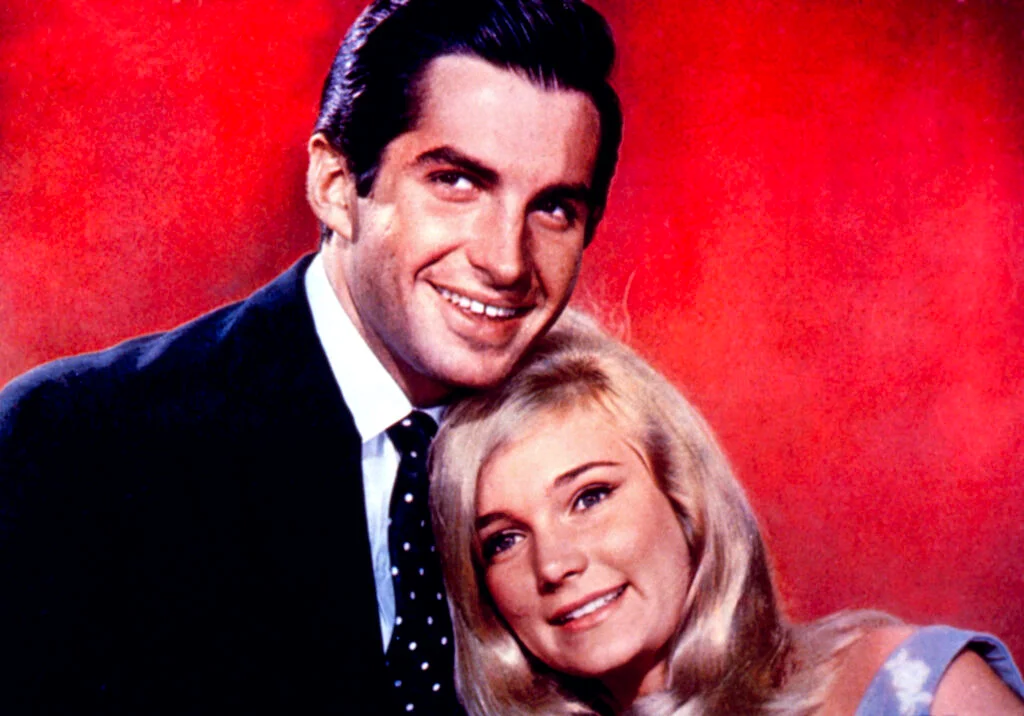
George Hamilton’s tan became as famous as his acting career in the ’60s, where he starred in a number of films like Where the Boys Are (1960) and The Carpetbaggers (1964). His suave looks and charm made him the ultimate romantic lead for much of the decade, and his screen presence was undeniable. However, as time went on, Hamilton found himself overshadowed by new stars in both film and television.
By the ’80s, his career was in a slow decline, and his name became more associated with his public persona than his acting. Hamilton’s flamboyant personality and tan became the stuff of tabloid fodder, leading to a unique, albeit quiet, second act. Today, he’s largely remembered for his iconic tan rather than his film career, a curious relic of the ’60s.
16. Eva Marie Saint
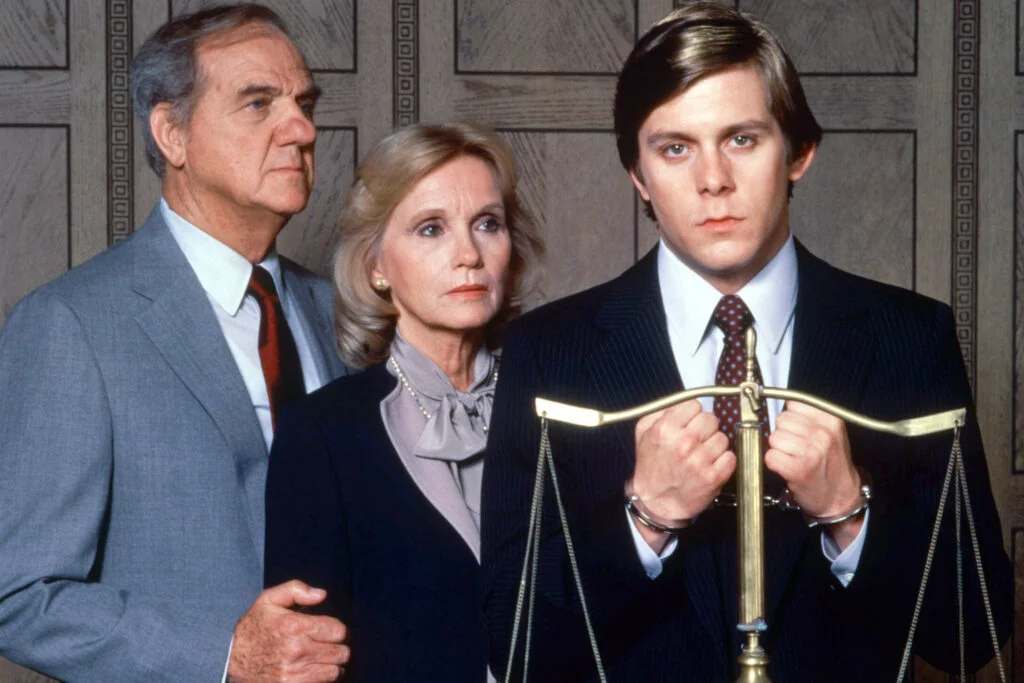
Eva Marie Saint is often remembered for her iconic role in On the Waterfront (1954), for which she won an Academy Award. By the ’60s, she was still going strong with major roles in films like Exodus (1960) and The Sand Pebbles (1966). Saint was known for her elegance, intelligence, and depth in performances, which earned her a respected place in Hollywood.
However, as the ’70s came, newer actresses like Meryl Streep and Jane Fonda gained more attention, leaving Saint’s career to decline. While she remained active in film and television, her name isn’t as well recognized today, especially when compared to her contemporaries. Despite this, her impact on Hollywood during the ’60s remains undeniable.

